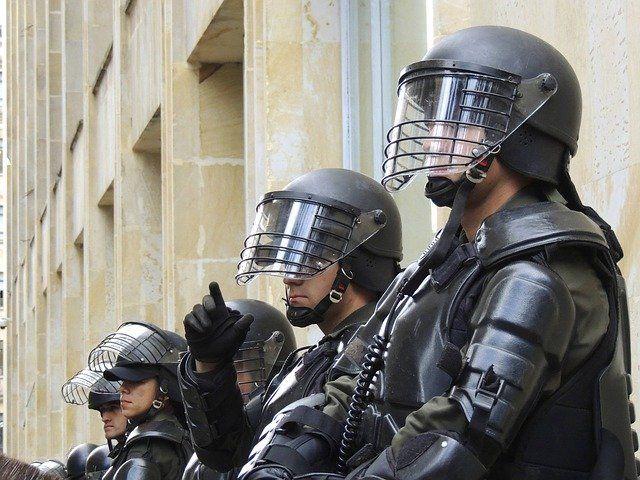U.S. Police authorities are considering the use of new high-tech devices to cut back on violence and deadly physical force. The move comes amidst massive protests against police brutality in the country.
Human rights group Amnesty International was able to identify 125 incidents of excessive force by law enforcers after analyzing more than 500 videos of protests from May 26 through June 5. According to Amnesty International weapons investigator Brian Castner, the constant misuse of dangerous weapons by police in recent months suggests something needs to be done to avoid violent clashes in the future.
“We saw misuse of tear gas, pepper spray, pepper balls, 40-millimeter impact rounds, basically every combination of less-lethal weapon being used in inappropriate ways,” he said.
In a separate statement, former New York Police Department (NYPD) Deputy Inspector Corey Pegues also said the police needs to have options to avoid the need for firearms. “All of these devices should be at hand for the cops to use other than deadly physical force being used by a firearm because it’s the only profession in America where the citizens give you the right to take your life,” he said.
As law enforcers think of ways to cut back on lethal force, some companies have stepped up to offer new tools that can help the police avoid the use of firearms, pepper sprays, rubber bullets, and flash grenades when dealing with civilians.
Some of the new tools that have already surfaced are the Bola Wrap and Long Range Acoustic Devices. The Bola Wrap is a handheld device that can shoot out an 8-foot Kevlar cord that wraps around a suspect. Long Range Acoustic Devices, on the other hand, are also called “sound canons” and are directed energy weapons that use lasers to heat a person’s skin. There are also stink bombs and new projectiles made from foam and chalk.
Meanwhile, shares of Taser manufacturer Azon have reached all-time highs since the violent protests that followed the death of George Floyd. By 2023, the market for less dangerous weapons is expected to reach $11.85 billion.

© 2025 Latin Times. All rights reserved. Do not reproduce without permission.



